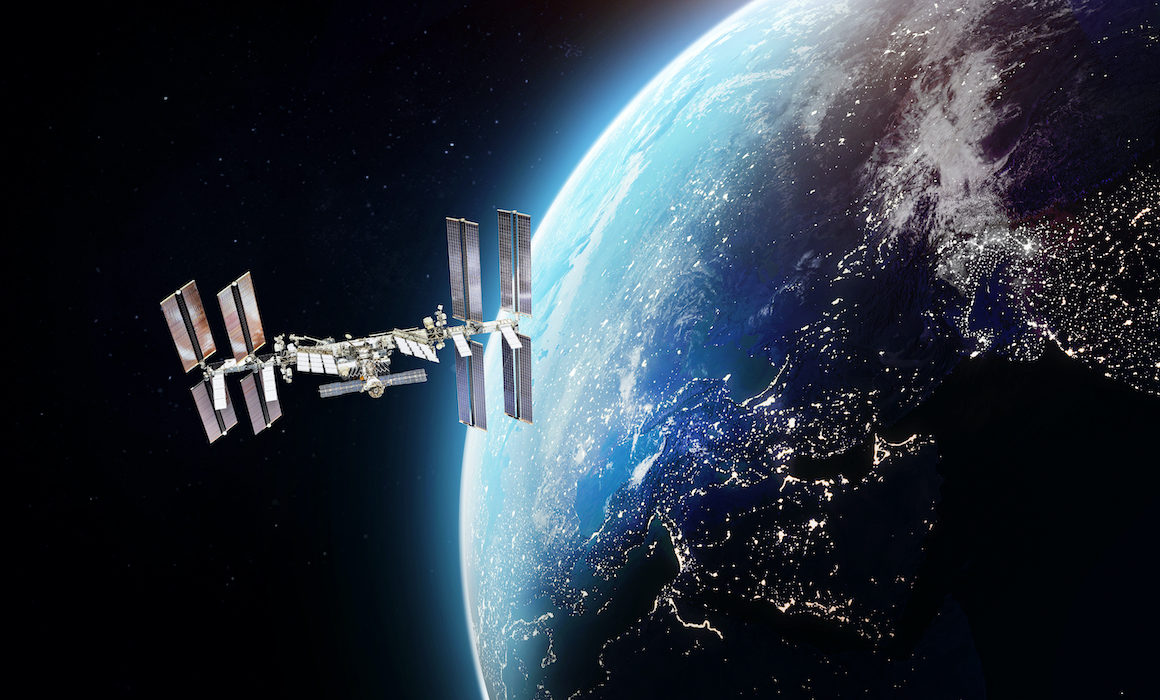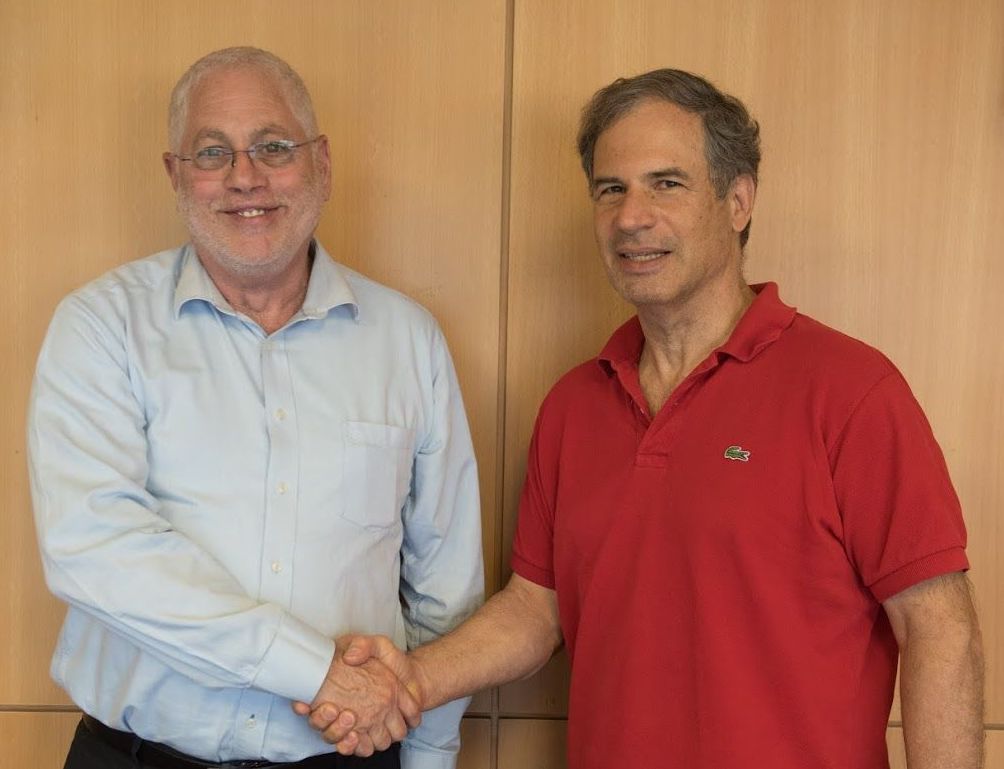Israel and the Technion will be well represented when the first-ever mission manned entirely by private astronauts launches to the International Space Station (ISS) early next year. Israeli astronaut Eytan Stibbe, just the second Israeli in space, will be onboard the multinational Axiom Space Ax-1 Mission to carry out several experiments — including three from Technion labs.
Technion President, Professor Uri Sivan (left), and Eytan Stibbe
“It’s an adrenaline shot — there are no other words to describe what this mission does to the Israeli space community,” said Professor Moran Bercovici of the Israeli contingent, known as the Rakia Mission. “This is an extraordinary opportunity. The challenges are immense, but we will make it; this is in our Israeli DNA, this is what we’re good at.”
Sponsored by the Ramon Foundation, the Israel Space Agency, and the Israeli Ministry of Science and Technology, the Rakia Mission will conduct 44 experiments in space during a 200-hour period. The projects were chosen based on their potential for technological, scientific, and medical breakthroughs, plus their promise of economic impact.
One of the three Technion projects will be the Fluidic Telescope Experiment (FLUTE), designed and built by Dr. Valeri Frumkin, Mor Elgarisi, and Omer Luria, under the guidance of Prof. Bercovici, in collaboration with a team from NASA led by Dr. Edward Balaban. Its goal is to demonstrate the fabrication of optical lenses in space. “Lenses are used everywhere from eyeglasses to cameras, medical systems, defense, and in space,” said Prof. Bercovici of the Technion Faculty of Mechanical Engineering. “And regardless of the application, optics today are pretty much done (manufactured) as they were 100 years ago.”
How was FLUTE chosen for the mission? Prof. Bercovici said that his Technion research already centered on shaping liquid at the micro scale to create new optical structures, when his friend Dr. Balaban approached him with the question: “Do you think you could use this to create large scale telescopes?”
In space, FLUTE will test the ability to leverage the microgravity environment to produce high-quality lenses. If the experiment succeeds, scientists might be able to manufacture extremely large telescopes in space, overcoming today’s constraints of launching heavy equipment. This could greatly increase the range of space exploration.
Another Technion experiment heading to the ISS involves tracking gamma ray bursts, the brightest and most energetic explosions in the universe. The third project will test a tiny engine and fuel supply, no bigger than a human finger, which can maintain a flight of miniature satellites in formation for months



